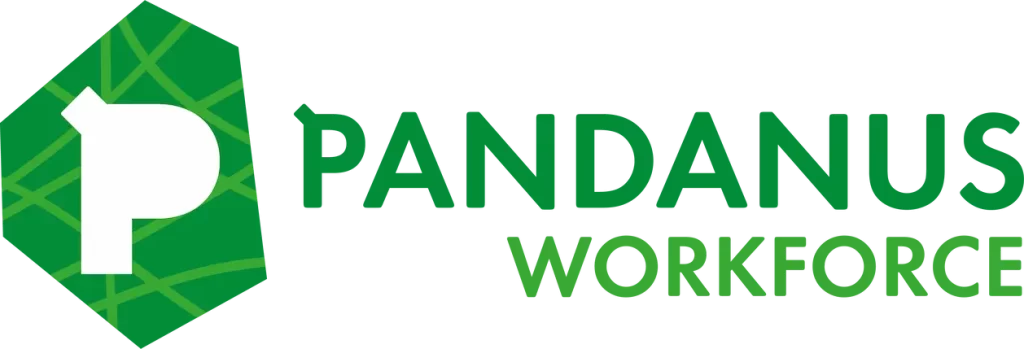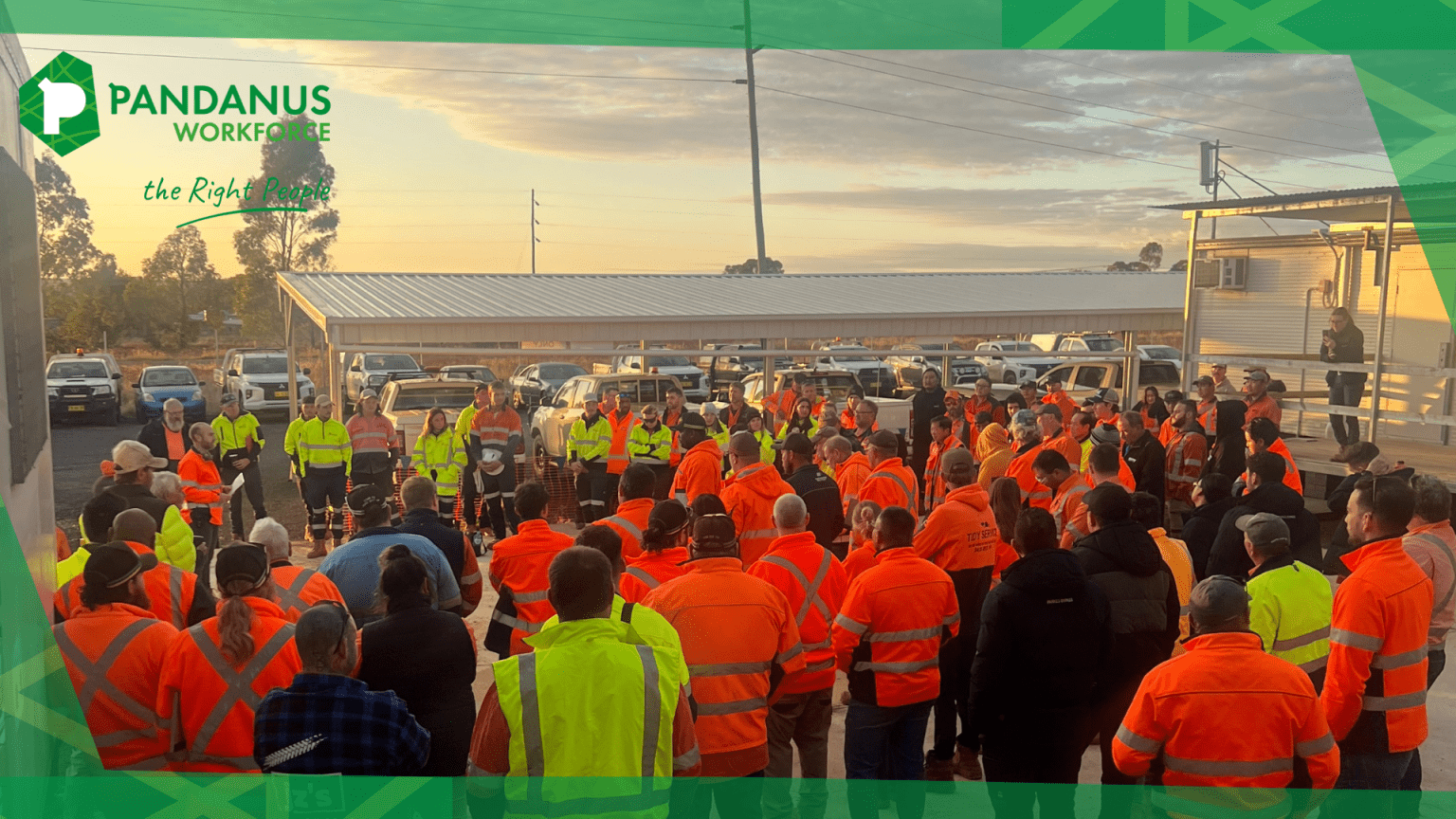Introduction: The Reality of the War on Talent
Across Australia—particularly in regional markets—the war on talent is more intense than ever. Skilled workers are in short supply, projects are competing for the same limited Labour pool, and businesses are being forced to rethink their workforce strategies.
Traditionally, many employers have viewed Labour hire as a last resort—a quick fix when direct recruitment has failed. But in today’s environment, this thinking is not only outdated, it’s risky. Businesses that continue to rely solely on direct hires often face higher turnover, compliance risks, and project delays.
Forward-thinking companies are now realising that Labour hire is not just a stop-gap measure. When used strategically, it becomes a long-term partner in building workforce sustainability.
Moving Beyond “Last Resort” Thinking
Regional markets, in particular, have historically been cautious—even skeptical—about Labour hire. Negative past experiences have left some employers reluctant to engage. But the reality is that the Labour market has changed:
-
Skilled candidates are harder to find and harder to keep.
-
Competition for talent is driving up costs and wages.
-
Employment law and compliance are becoming more complex.
When Labour hire is approached as a strategic workforce solution, it directly addresses these challenges. Instead of waiting until a project is already under pressure, employers who partner with a Labour hire provider early gain access to a wider pool of talent, better compliance management, and a partner invested in their success.
Labour Hire as a Workforce Sustainability Strategy
Workforce sustainability is about more than filling today’s vacancies. It’s about ensuring a business has the right people, with the right skills, in the right place—not only now, but into the future. Labour hire helps achieve this in four key ways:
1. Access to Broader Talent Pools
Labour hire partners maintain extensive networks of skilled workers, including casual, contract, FIFO/DIDO, and visa holders who may not be visible to traditional recruitment channels. For regional markets where talent shortages are most acute, this wider reach is a critical advantage.
2. Flexibility and Agility
Projects rarely run on a fixed trajectory. Weather, approvals, supply chain issues, or scope changes can all impact workforce requirements. Labour hire provides businesses with the ability to scale up or down quickly—without the long lead times or risks associated with direct hiring.
3. Shared Risk and Compliance Support
Labour hire agencies manage payroll, workers’ compensation, superannuation, payroll tax, and award compliance. This removes a significant administrative burden while mitigating industrial relations risks. Employers can focus on delivery, knowing their workforce is covered legally and financially.
4. Pathway to Permanent Employment
One of the greatest misconceptions about Labour hire is that it creates an unstable or transient workforce. In reality, many businesses use Labour hire as a “try before you buy” model. Workers are brought in on a contingent basis, and once both parties are confident in the fit, they can be transitioned to direct employment—without additional recruitment costs.
Addressing Regional Market Concerns
For labour hire to gain acceptance in markets where it has traditionally been viewed negatively, transparency and trust are vital. Businesses want to know that:
-
Workers are treated fairly and paid correctly.
-
Providers understand local industry needs and cultural considerations.
-
Labour hire is adding value, not inflating costs.
A professional Labour hire partner demonstrates this by offering clear communication, transparent pricing, and workforce wellbeing initiatives. When done right, Labour hire isn’t a transactional relationship—it’s a strategic partnership that strengthens both business outcomes and community employment opportunities.
Real Benefits in the War on Talent
Employers who embrace Labour hire as part of their workforce strategy consistently see benefits such as:
-
Reduced project delays caused by skills shortages.
-
Lower turnover thanks to better candidate fit.
-
Improved financial control with predictable workforce costs.
-
Greater workforce diversity, including Indigenous engagement, visa holders, and regional workers.
-
Enhanced reputation as an employer who values both flexibility and compliance.
By reframing Labour hire as a proactive choice rather than a fallback option, businesses can build resilience into their workforce planning and take a stronger position in the war on talent.
Conclusion: Building Sustainable Workforces Through Partnership
The days of seeing Labour hire as a “last resort” are over. In a Labour market defined by scarcity, competition, and constant change, the businesses that will thrive are those who embrace agility, reduce risk, and partner strategically.
Labour hire is not about outsourcing responsibility. It’s about sharing responsibility with an expert partner who can help attract, manage, and sustain a workforce that supports long-term business goals.
In regional Australia, where the war on talent is fiercest, this shift in mindset is not just smart—it’s essential. By recognising Labour hire as a cornerstone of workforce sustainability, businesses position themselves to deliver projects on time, control costs, and attract the talent needed to compete and grow.






